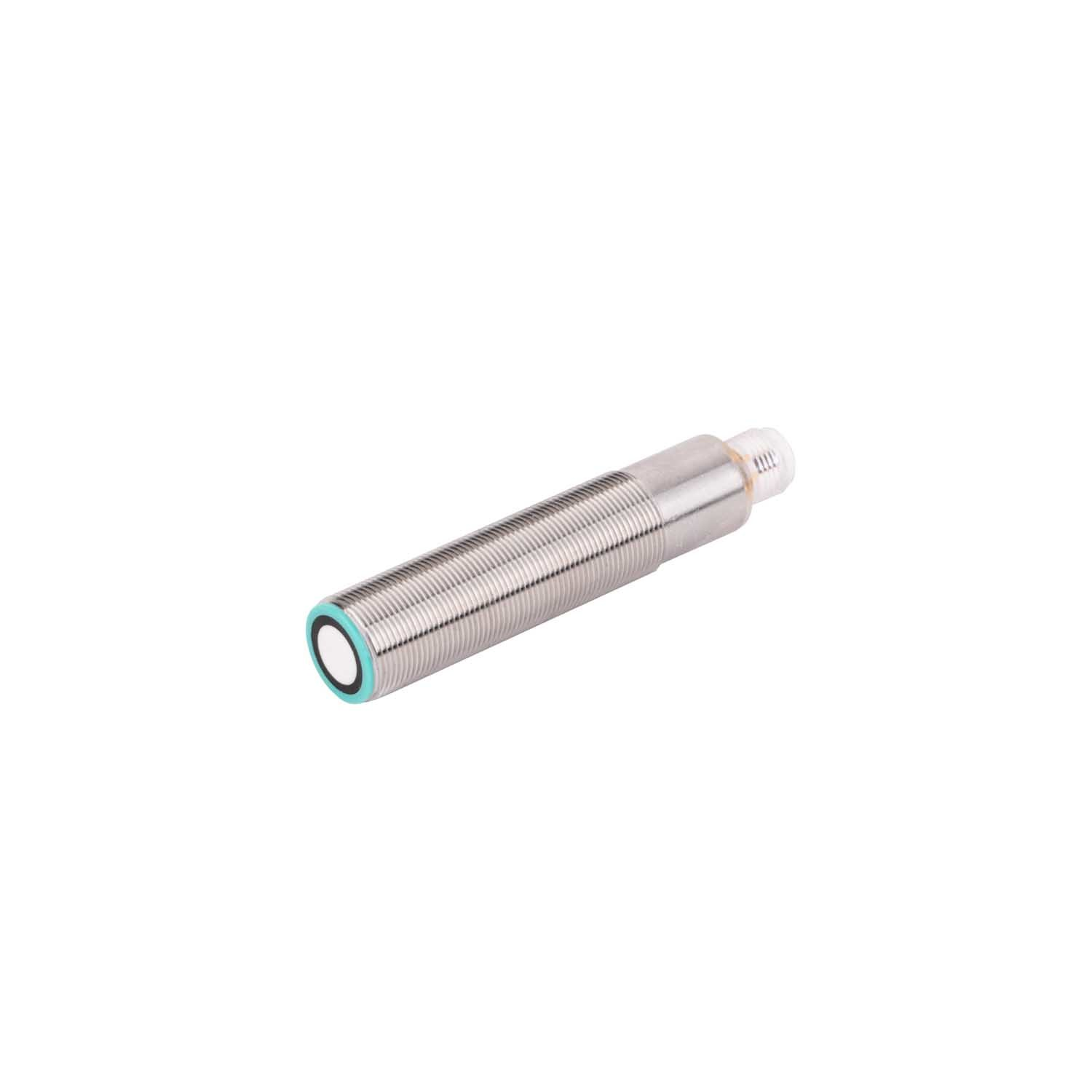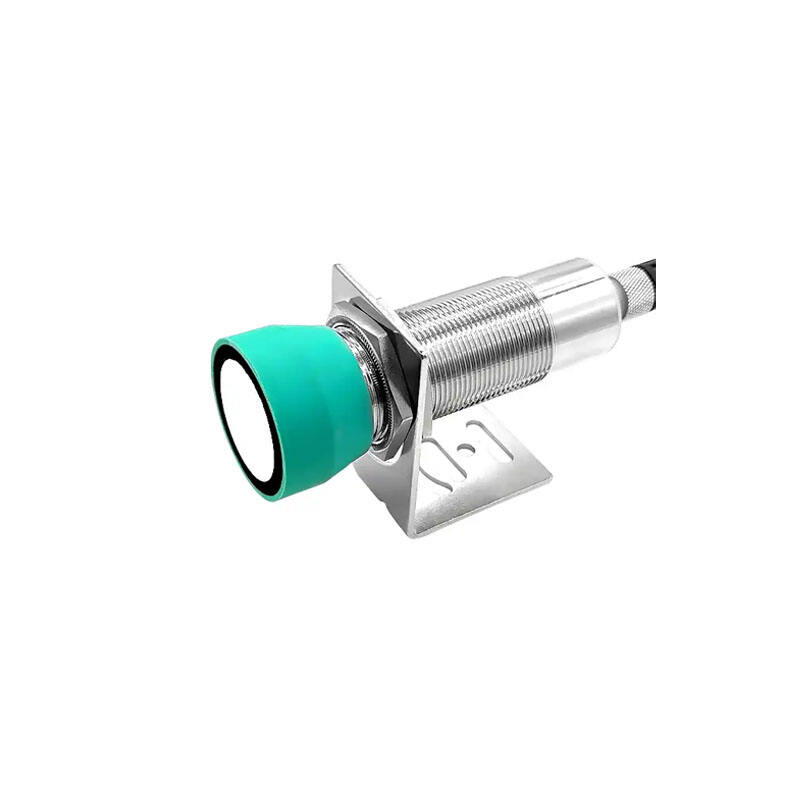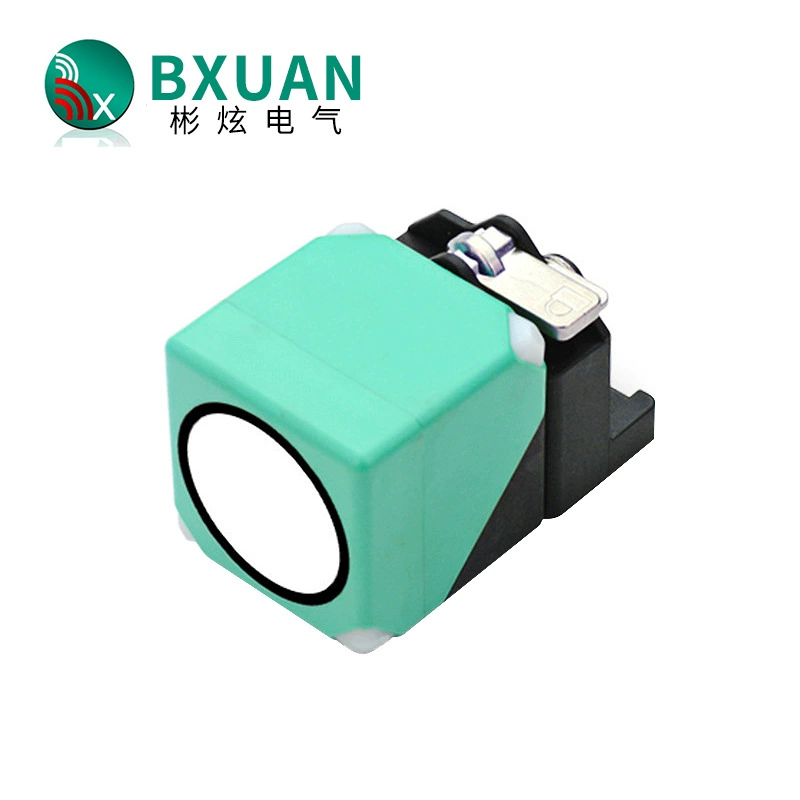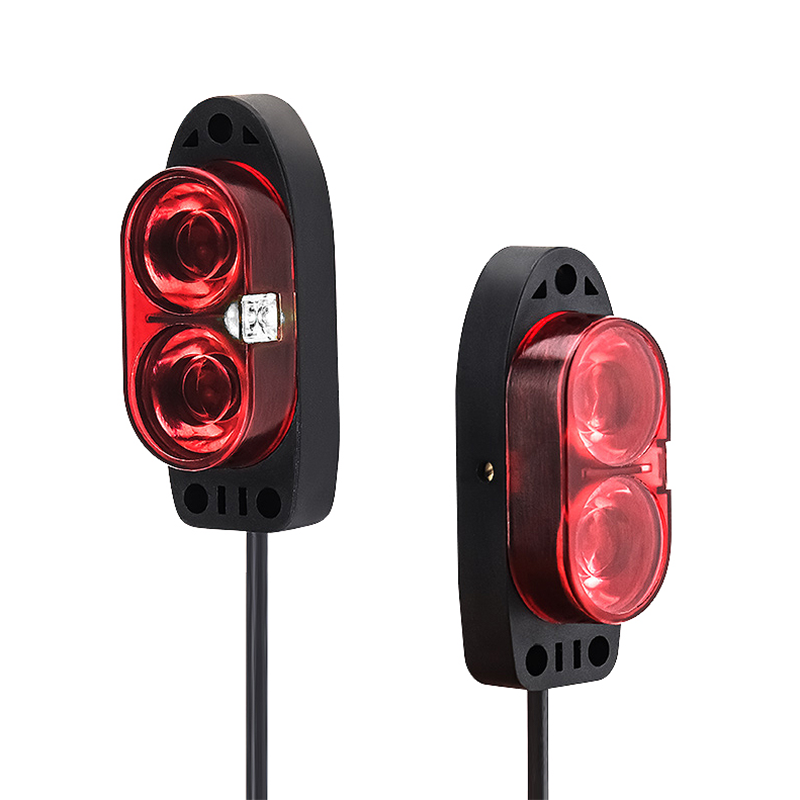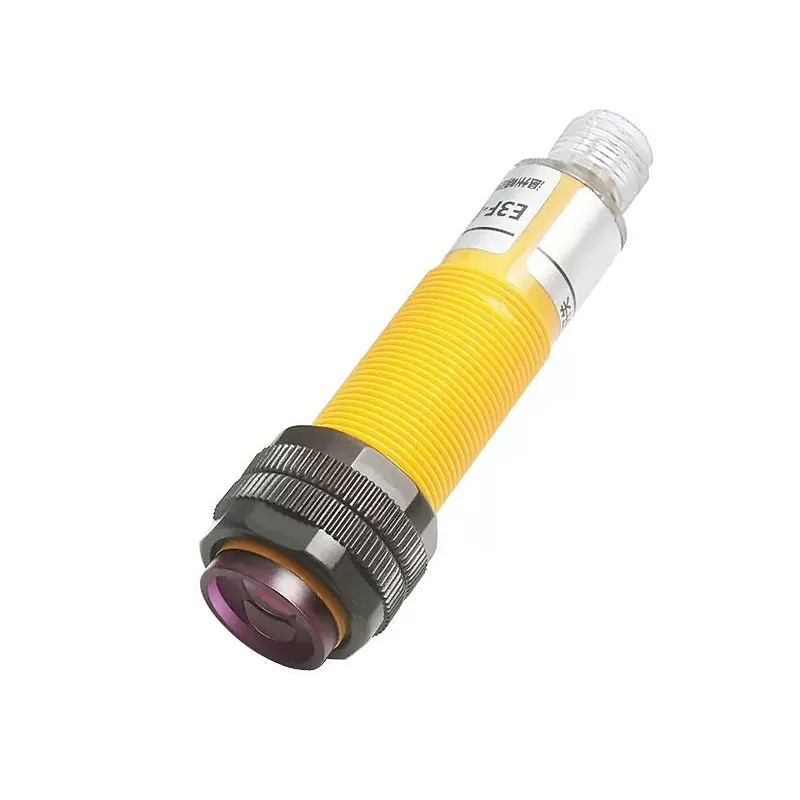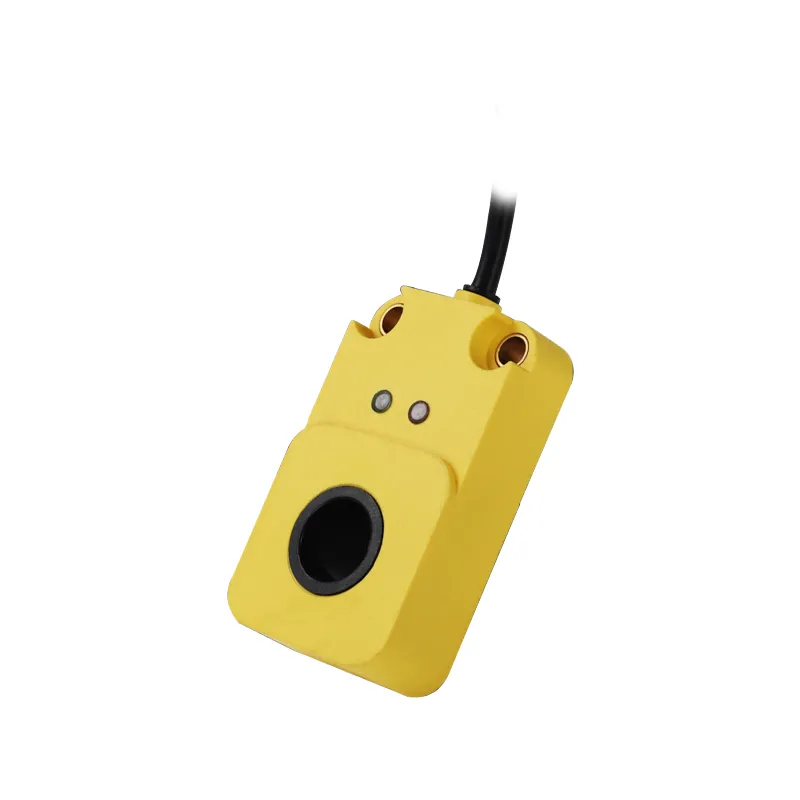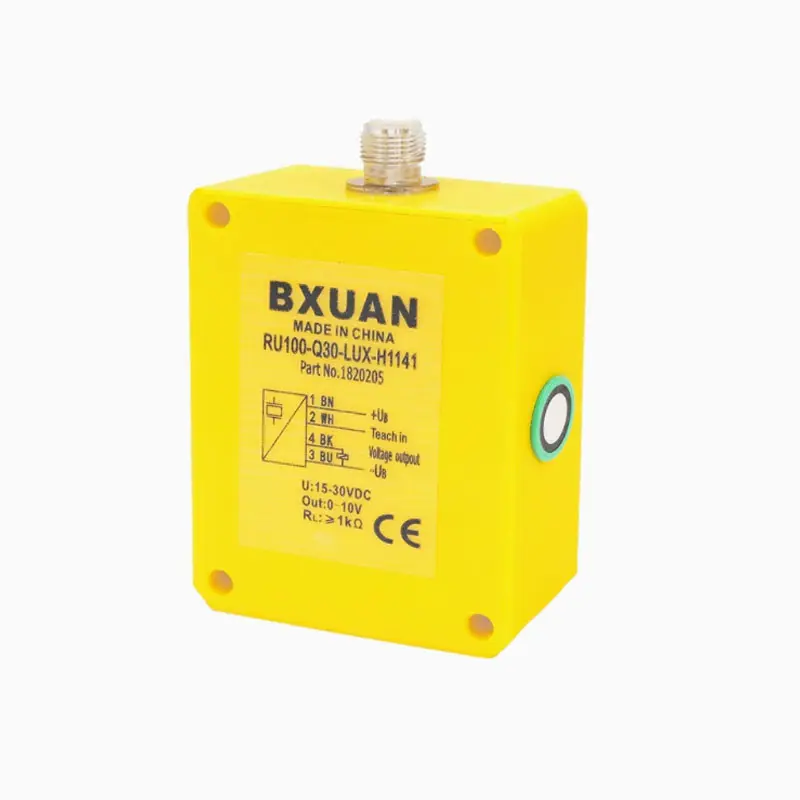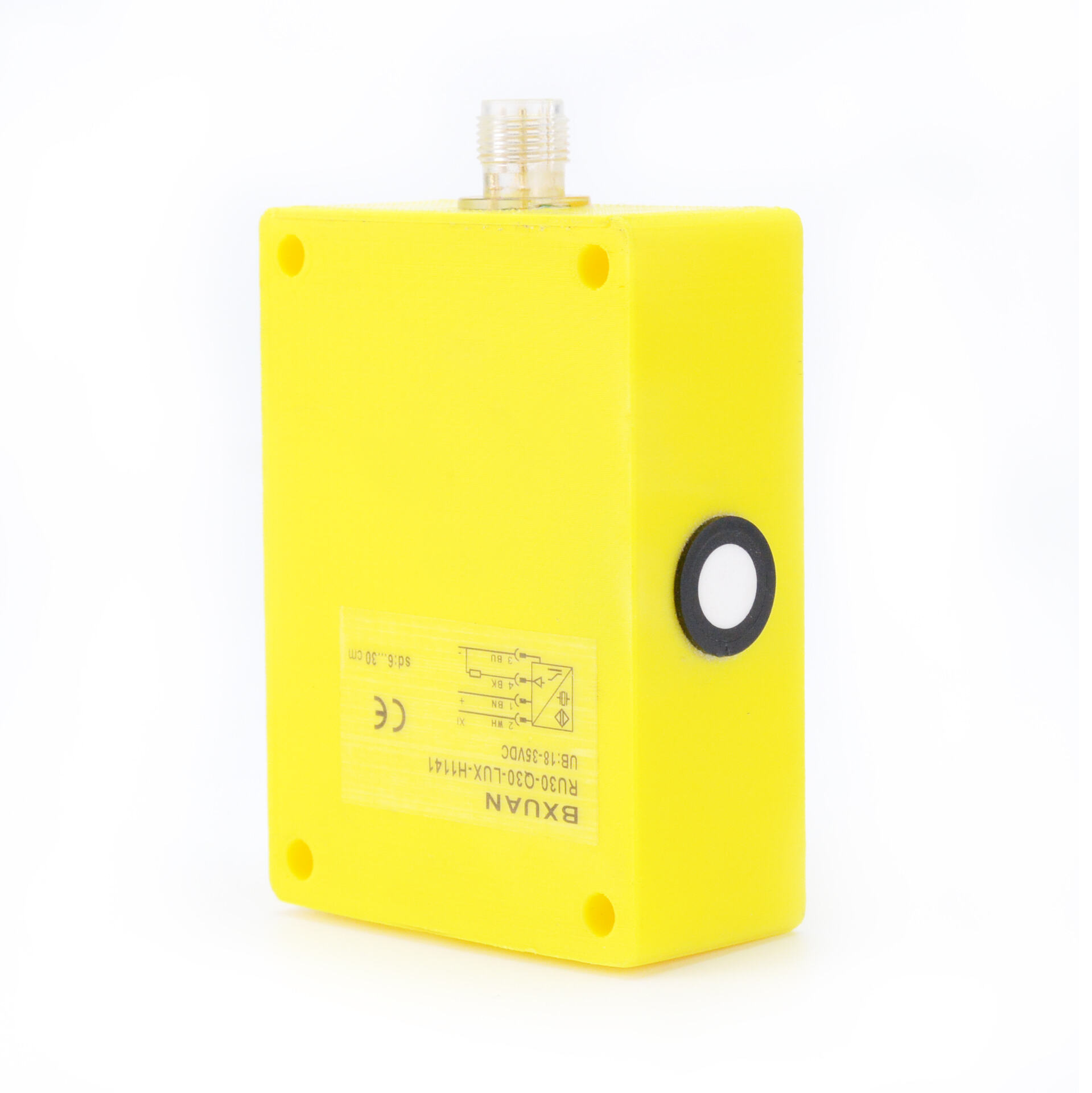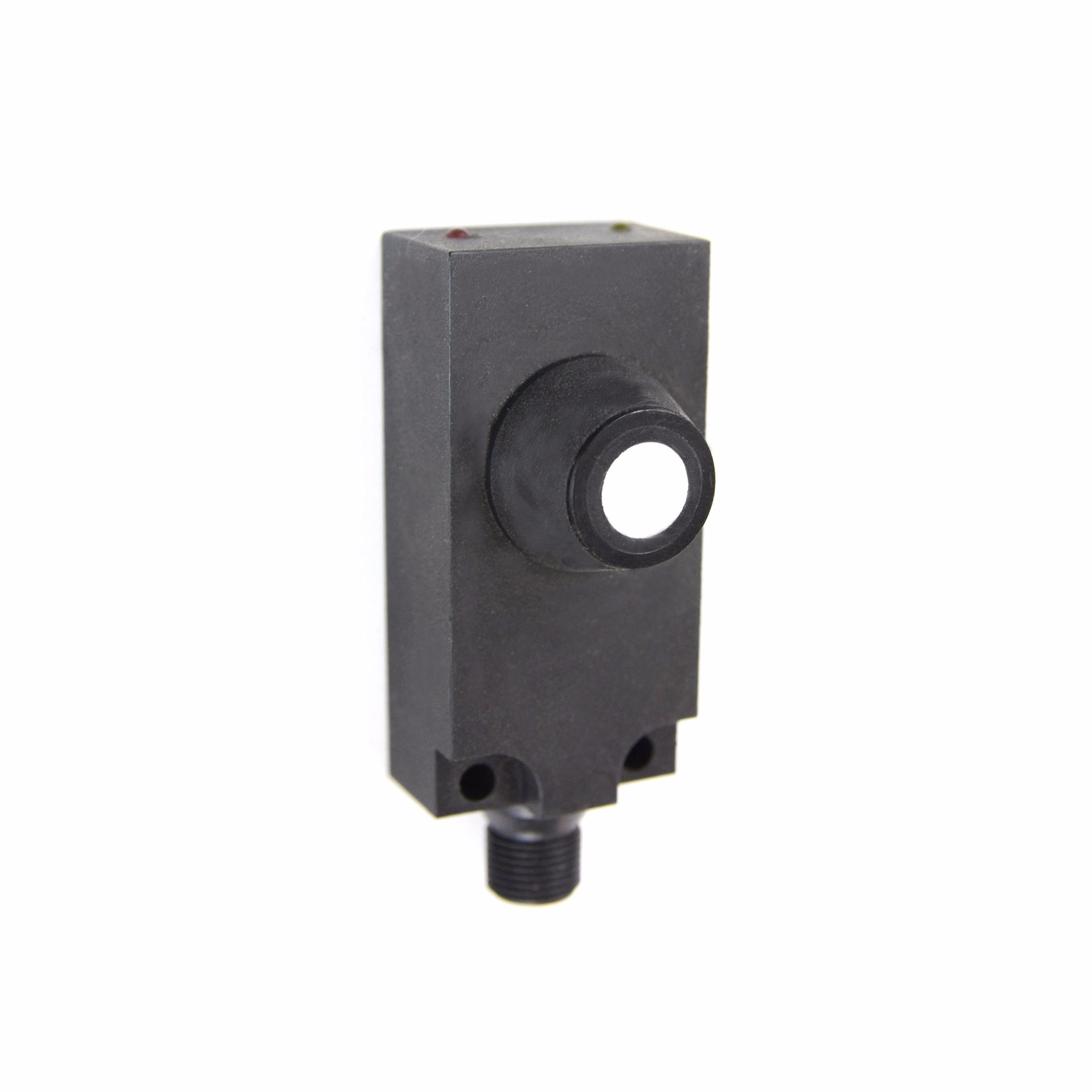ultrasonic fluid level sensor
An ultrasonic fluid level sensor is a sophisticated measurement device that uses sound waves to determine liquid levels in various containers and vessels. Operating on the principle of sound wave propagation, these sensors emit high-frequency acoustic waves that travel through the air until they encounter a liquid surface. The time taken for these waves to bounce back to the sensor is precisely measured to calculate the distance to the liquid surface, thereby determining the fluid level. These sensors incorporate advanced microprocessor technology for accurate signal processing and feature temperature compensation mechanisms to ensure reliable readings across varying environmental conditions. The sensor's non-contact measurement capability makes it particularly valuable in scenarios where direct contact with the fluid is undesirable or impractical. They are extensively used in industrial processes, water treatment facilities, chemical storage tanks, and automotive applications. The sensor's design typically includes a robust housing that protects the internal components from harsh environmental conditions, while specialized transducers enable precise wave generation and reception. Modern ultrasonic fluid level sensors often come with digital displays and various output options, including 4-20mA signals, allowing for seamless integration with existing control systems and automation networks.

